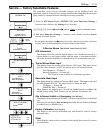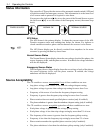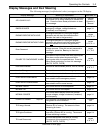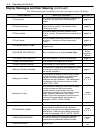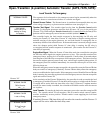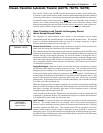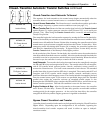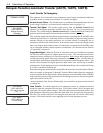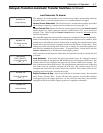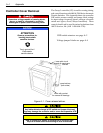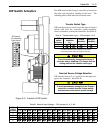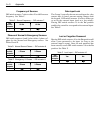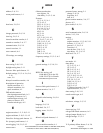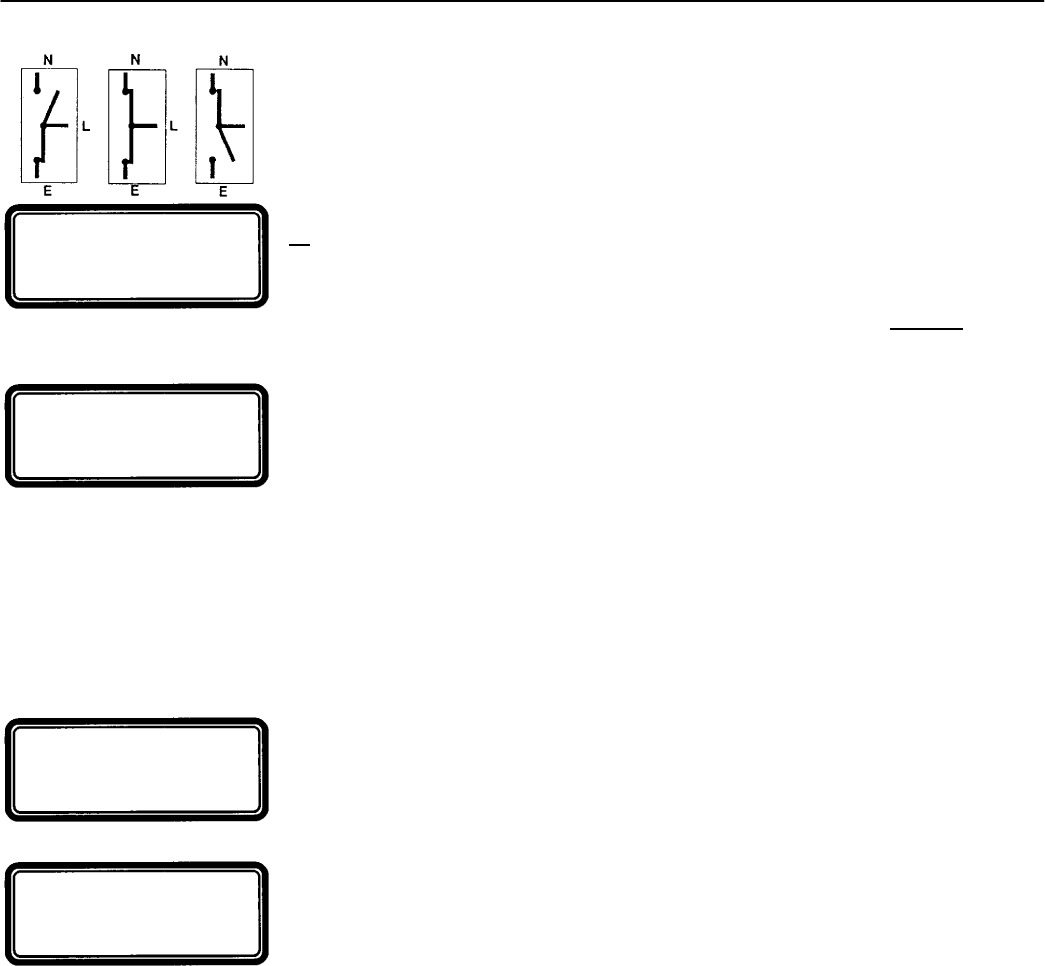
4--5Description of Operation
Closed–Transition Automatic Transfer Switches continued
Closed–Transition Load Retransfer To Normal
Thesequenceforloadretransfertothenormalsourcebeginsautomaticallywhenthe
controller detects a restored normal source or a cancelled transfer test signal.
Normal Source Restoration. The Normal source is considered acceptable again when
all
six voltage, frequency, or phase rotation conditions occur (see page 3–1).
Cancel Transfer Test. Removal of the test transfer signal can be by the Tra ns fe r C on tr ol
switch (Feature 5), engine–generator exerciser clock (Feature 11C), or via serial port
(Feature 72A). When using the Tr an sfe r C on tr ol switch, it must be released
from the
Transfer Test position.
The controller begins the load retransfer sequence by starting the Feature 3A time delay.
Feature 3A time delay on retransfer to normal allows the normal source to stabilize. If the
normal source fails while the Feature 3A time delay is running, the controller waits for the
normal source again to become acceptable and restarts the Feature 3A time delay. If the
emergency source fails during while Feature 3A is running, the controller bypasses the
time delay for immediately load retransfer. To bypass Feature 3A time delay, turn the
Tra ns fer Co nt rol switch to the Retransfer Delay Bypass position.
At the conclusion of the Feature 3A time delay, the controller starts the synchronization
time delay which allows both sources to stabilize. After the synchronization time delay the
controller starts the in–sync monitor and the failure to sync time delay. When the sources
become in–sync the controller is ready to transfer the load to normal.
Load Retransfer. To retransfe r the load to the n ormal source the controller de–energize
the ER and ER1 relays and energizes the SE relay. The transfer switch CN coil energizes,
and all CN transfer switch contacts (mains, controls, auxiliaries) reverse position to
connect the Normal source. The load is now connected to both sources. The extended
parallel time delay is started and the SE2 relay is energized. The transfer switch CE coil
energizes, and all CE transfer switch contacts (mains, controls, auxiliaries) reverse
position to disconnect the Emergency source. The transfer switch is now supplying the load
from the normal source again. If t he sources are paralleled longer than the extended
parallel time setting the controller activates an extended parallel output. It also
deenergizes the SE and SE2 relays, energizes the ER and ER2 relays, and it locks out any
further transfer operations. This lock–out condition is reset via the alarm reset.
Engine Cooldown & Stop. After load retransfer to the normal source, the controller
starts Feature 2E time delay. Feature 2E time delay provi des an unloaded cooldown
running period for the engine–generator. At the end of the time delay, the controller
energizes the NR relay and the engine–generator is signalled to shutdown.
Bypass Closed–Transition Load Transfer
A pending closed–transition load transfer can be bypassed by using the Closed Transition
Bypass switch. Depending upon the configuration of the controller, bypassing the
closed–transition load transfer sequence will result i n ei t her an open or delayed–
transition transfer.
NORMAL OK
TD Engine Cooldown
__min __s
NORMAL OK
TD Emerg>Normal
__min __s
NORMAL OK
Load on Emerg
NORMAL OK
Load on Normal



